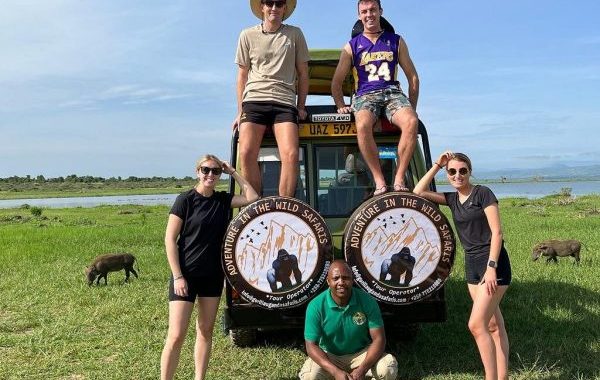Embarking on a gorilla trekking adventure in Uganda offers an unparalleled opportunity to witness the…
Are there only 1,000 gorillas left?
Are there only 1000 gorillas left?
Yes, the mountain gorilla population is estimated to be around 1,000 individuals. As of the most recent estimates (2023), the population of mountain gorillas, a subspecies of the eastern gorilla (scientific name Gorilla beringei beringei), is believed to be around 1,060 individuals. These gorillas are found in the wild only in the Virunga Mountains, which straddle the borders of Rwanda, Uganda, and the Democratic Republic of Congo (DRC), and in Uganda’s Bwindi Impenetrable National Park.

While 1,000 may sound like a small number, this is actually a significant conservation success story. At one point in the 1980s, the population of mountain gorillas had dropped to as low as around 250 individuals. Intensive conservation efforts, including anti-poaching measures, habitat protection, community engagement, and sustainable eco-tourism, have helped the population to slowly recover.
Key Factors in Gorilla Conservation Success:
- Protected Areas: The gorillas are now strictly protected in national parks, and access is highly regulated through tourism permits. This controlled tourism has become an essential part of their conservation strategy.
- Anti-Poaching Efforts: Park rangers and wildlife protection programs work tirelessly to combat poaching, one of the major threats to gorillas in the past. Rangers patrol the areas, monitor gorilla groups, and intervene when necessary.
- Community Involvement: Local communities are actively involved in conservation efforts, as they benefit from the sustainable tourism gorilla safaris generate. By offering jobs and supporting local businesses, communities have a vested interest in protecting the gorillas.
- International Support and Research: Ongoing international research and conservation programs, led by organizations like the Gorilla Doctors and Fauna & Flora International, help monitor the health and genetics of the gorilla populations.
Challenges Still Facing Mountain Gorillas:
While the recovery is promising, mountain gorillas still face threats, including:
- Habitat loss: Due to human encroachment and deforestation, their habitat is still under pressure.
- Disease: Gorillas are susceptible to diseases transmitted by humans, particularly respiratory infections.
- Climate change: Changes in climate can affect the availability of food in their high-altitude forest habitats.
Despite these ongoing challenges, the increase in mountain gorilla numbers is a testament to the effectiveness of focused conservation efforts. It’s one of the few success stories for critically endangered species, and it’s largely thanks to strict protection measures, active monitoring, and the involvement of local communities and governments.
If you’re interested in seeing gorillas in the wild, gorilla trekking is a key part of these conservation efforts, providing critical funding for their protection while also offering a sustainable way for local communities to benefit from gorilla tourism.



